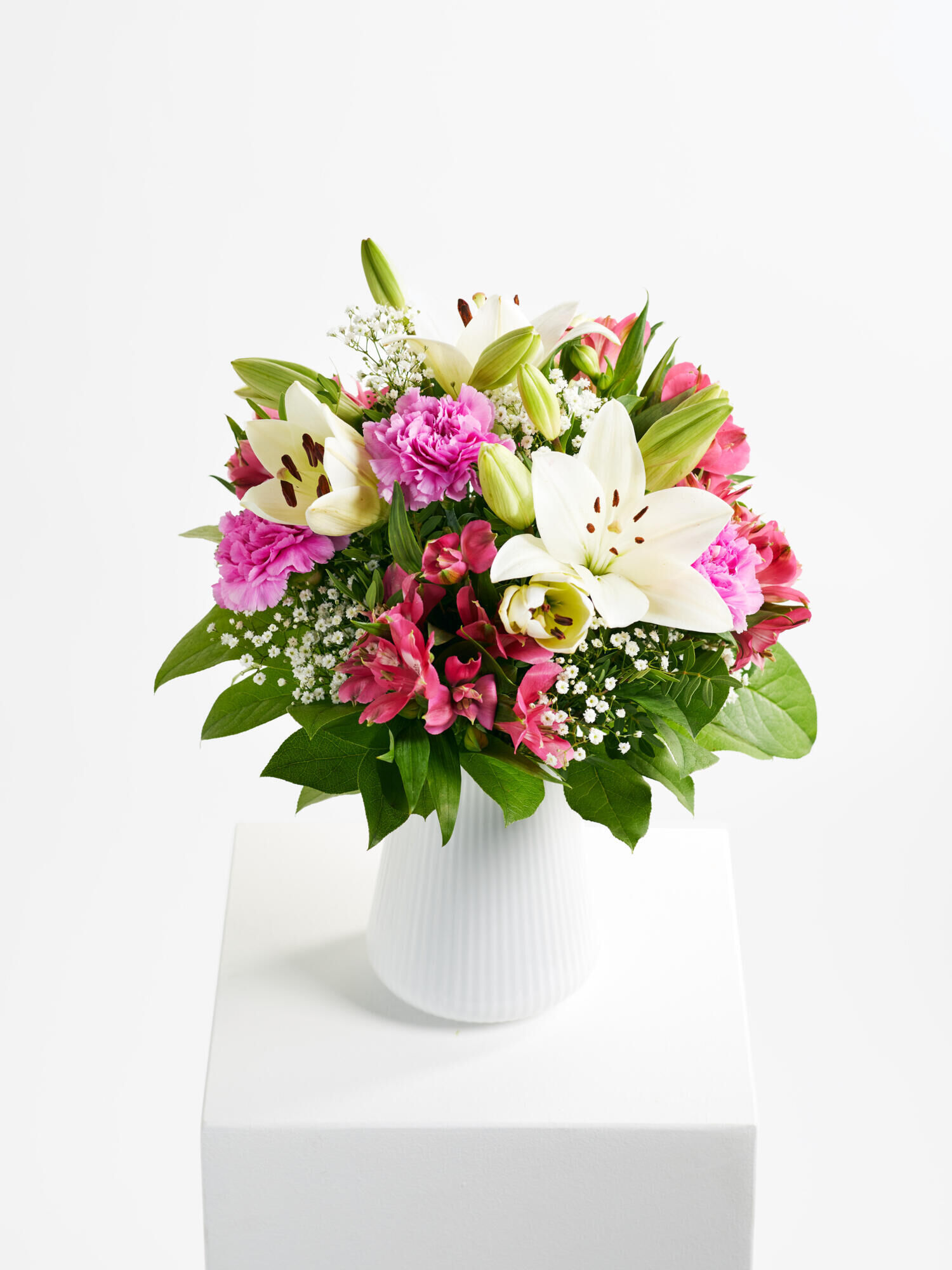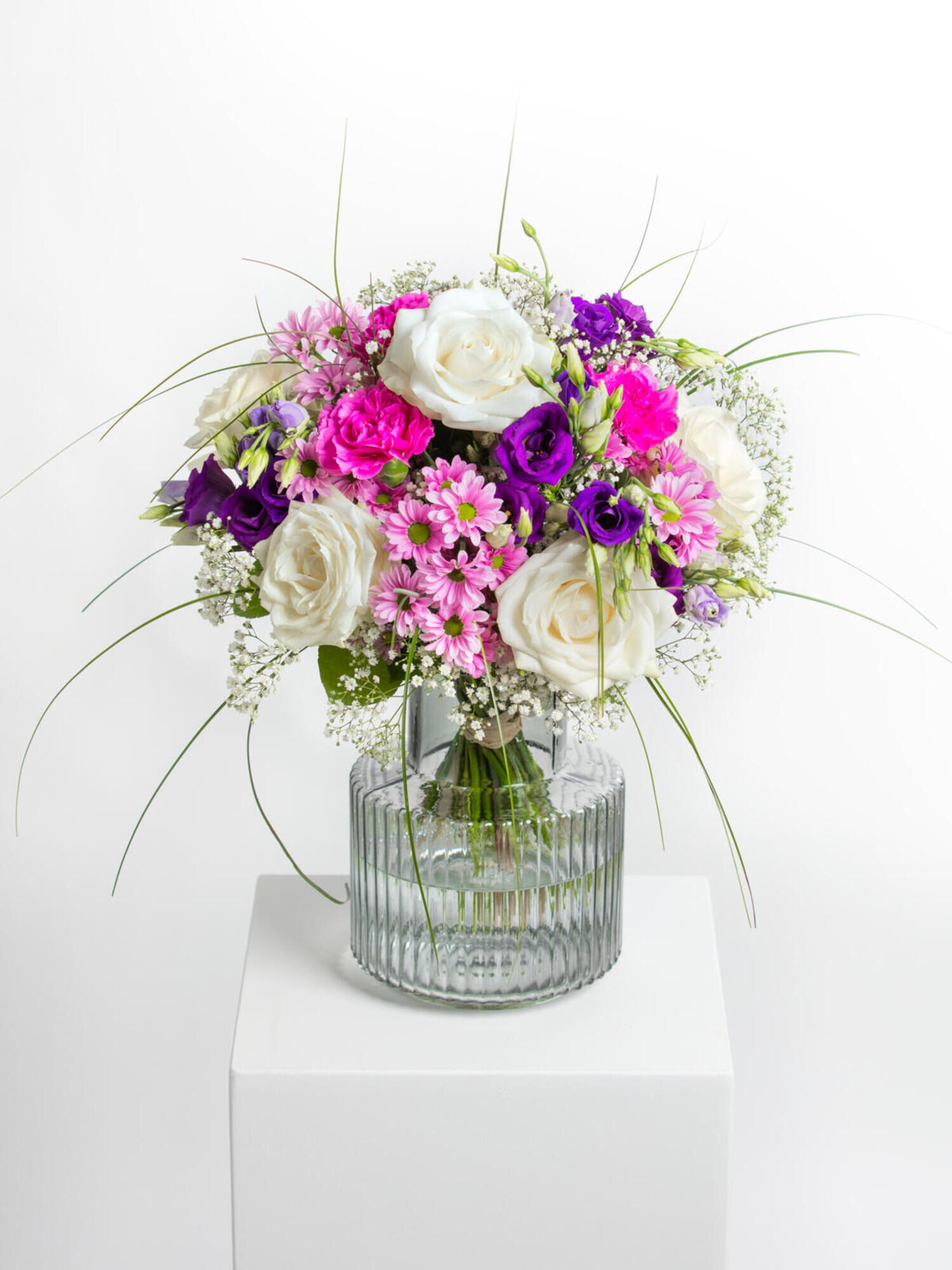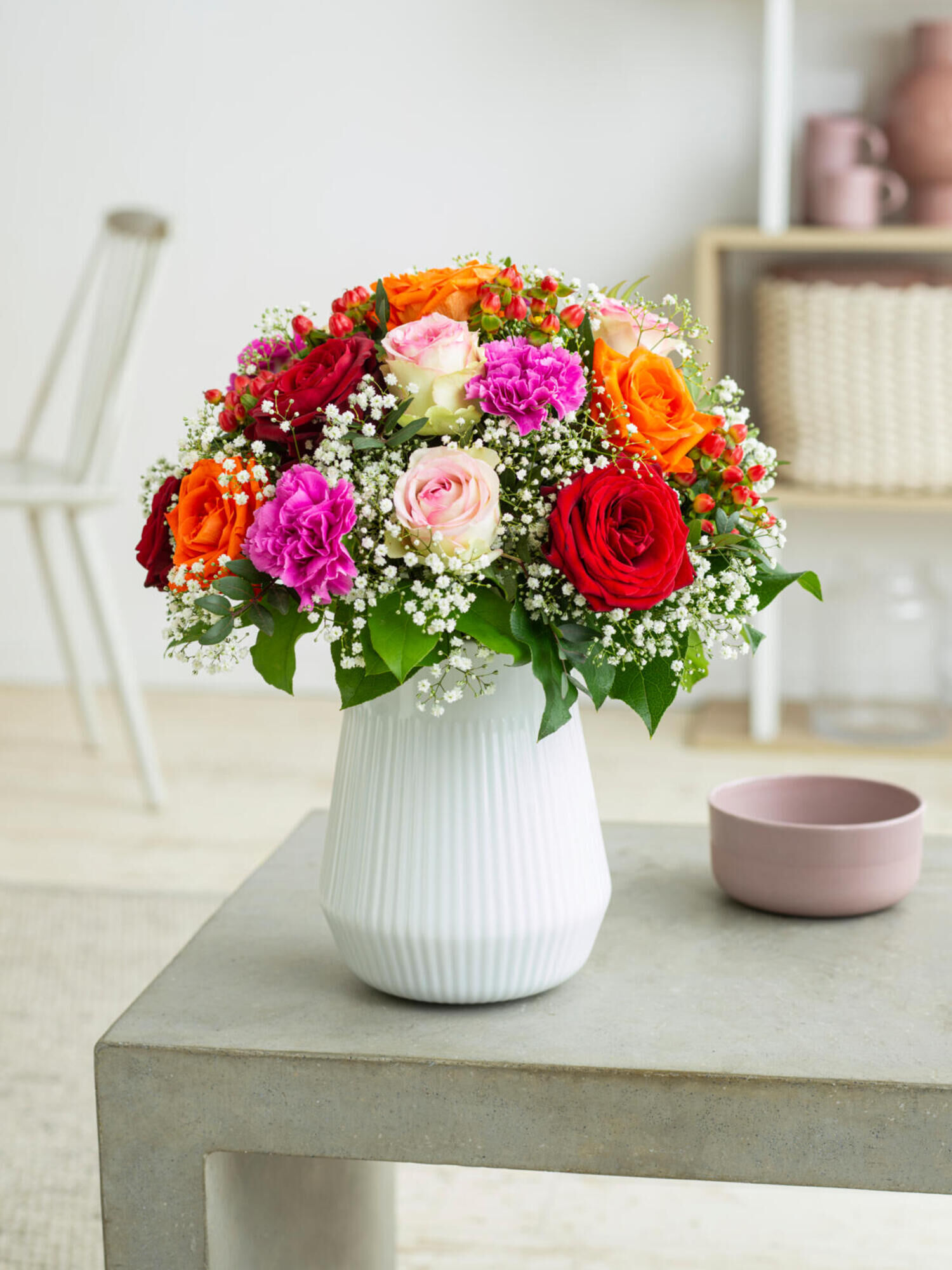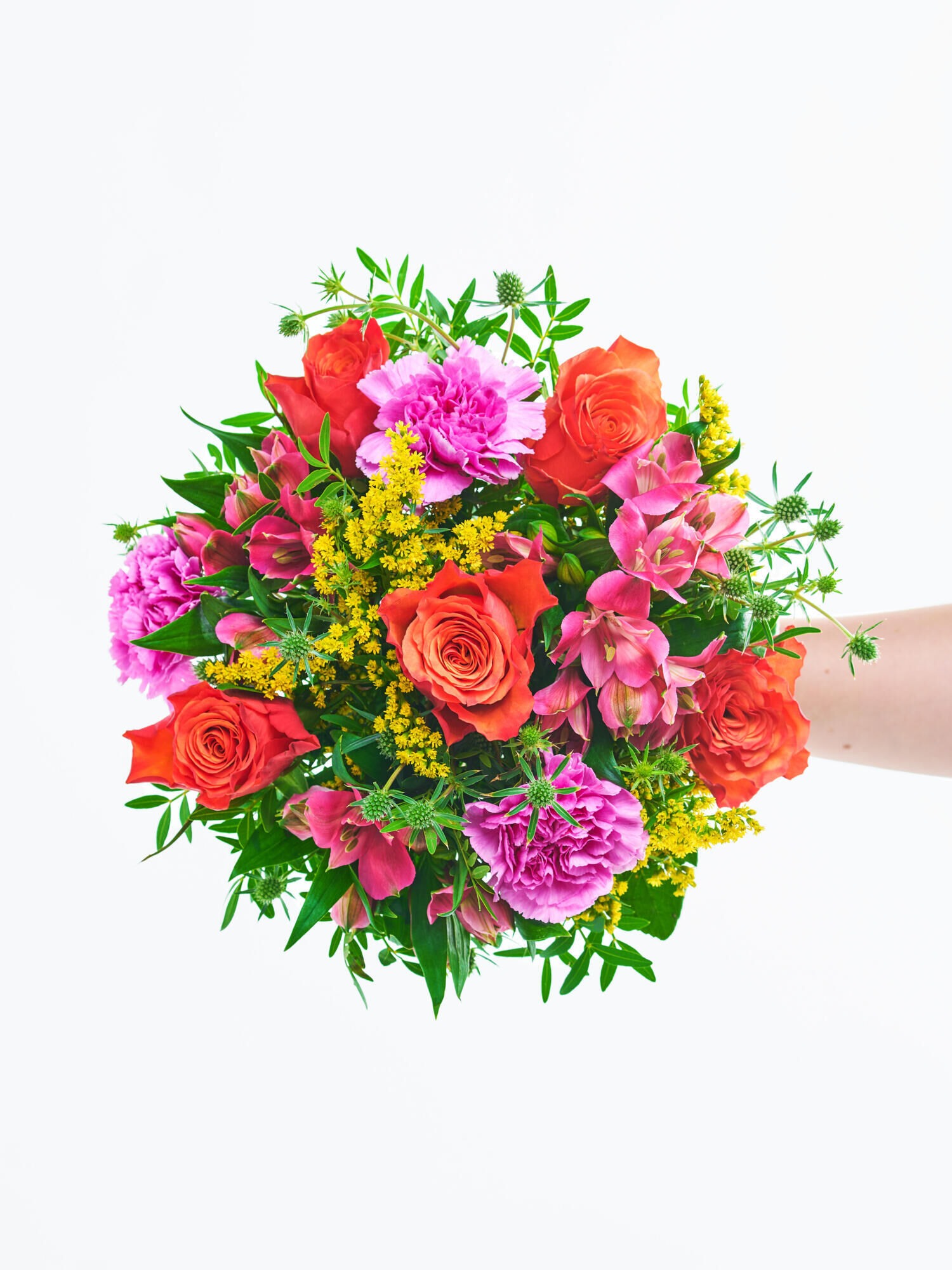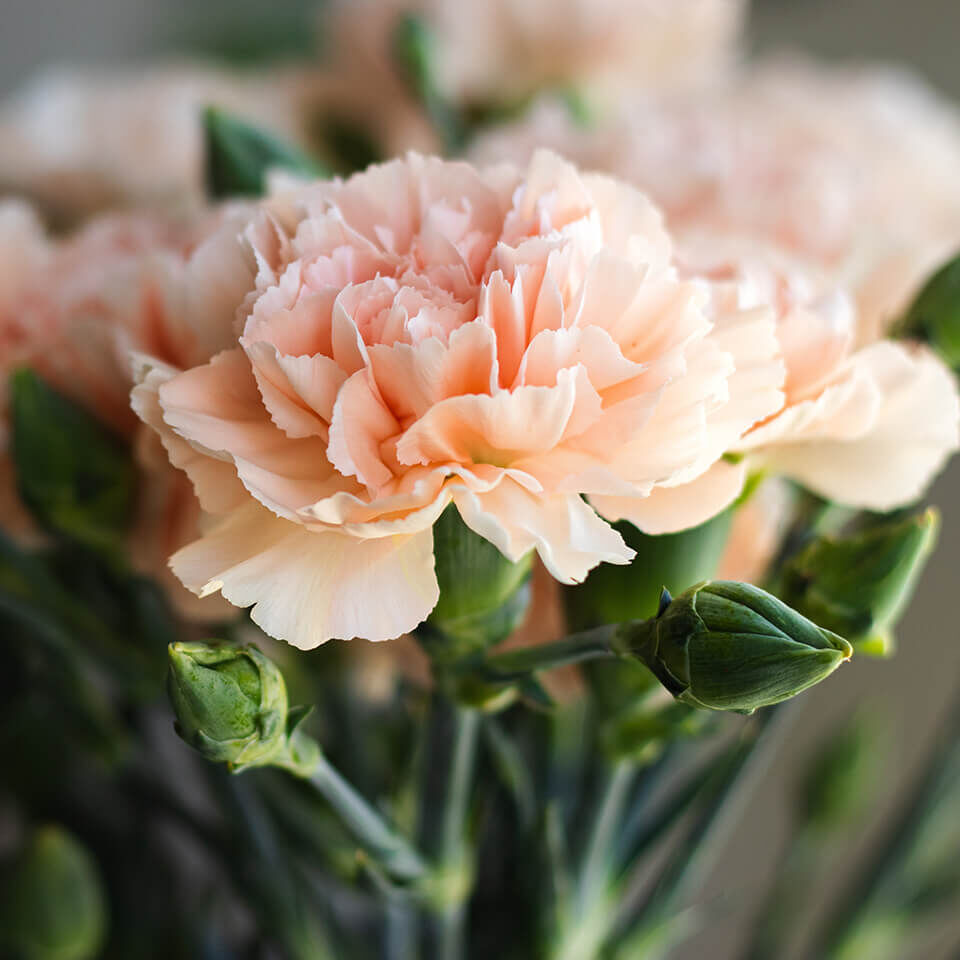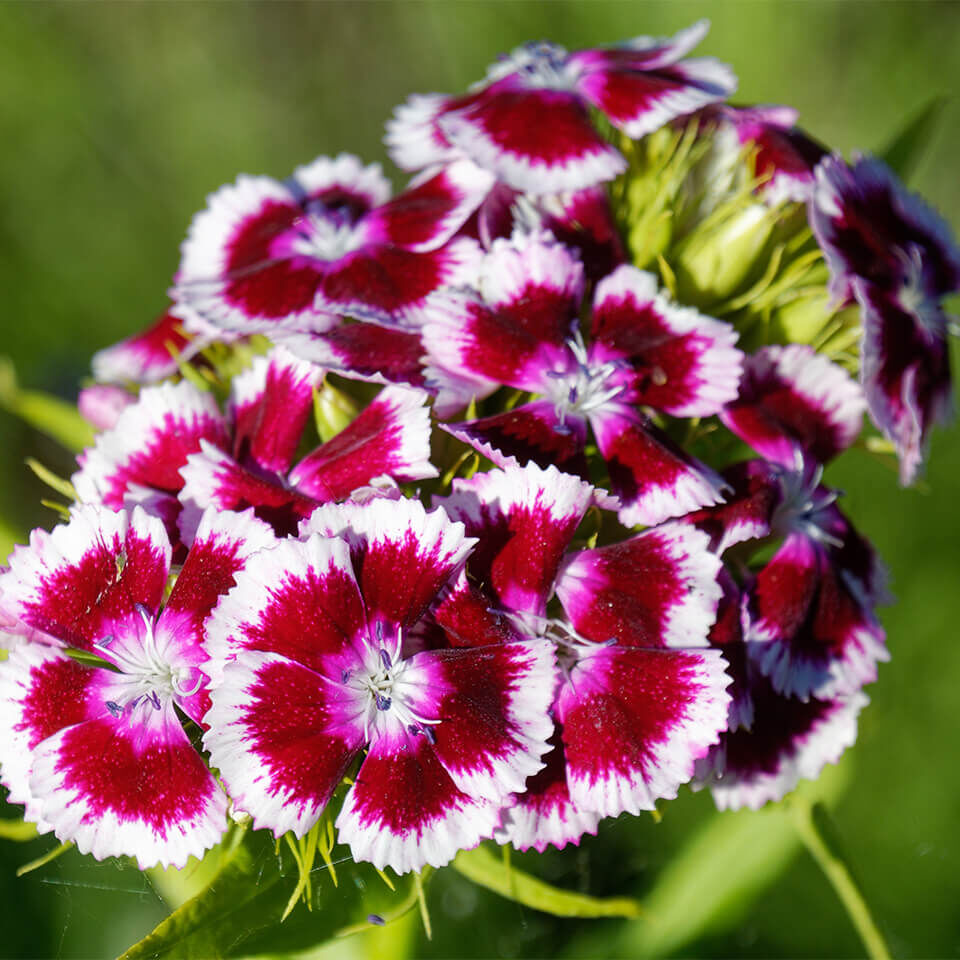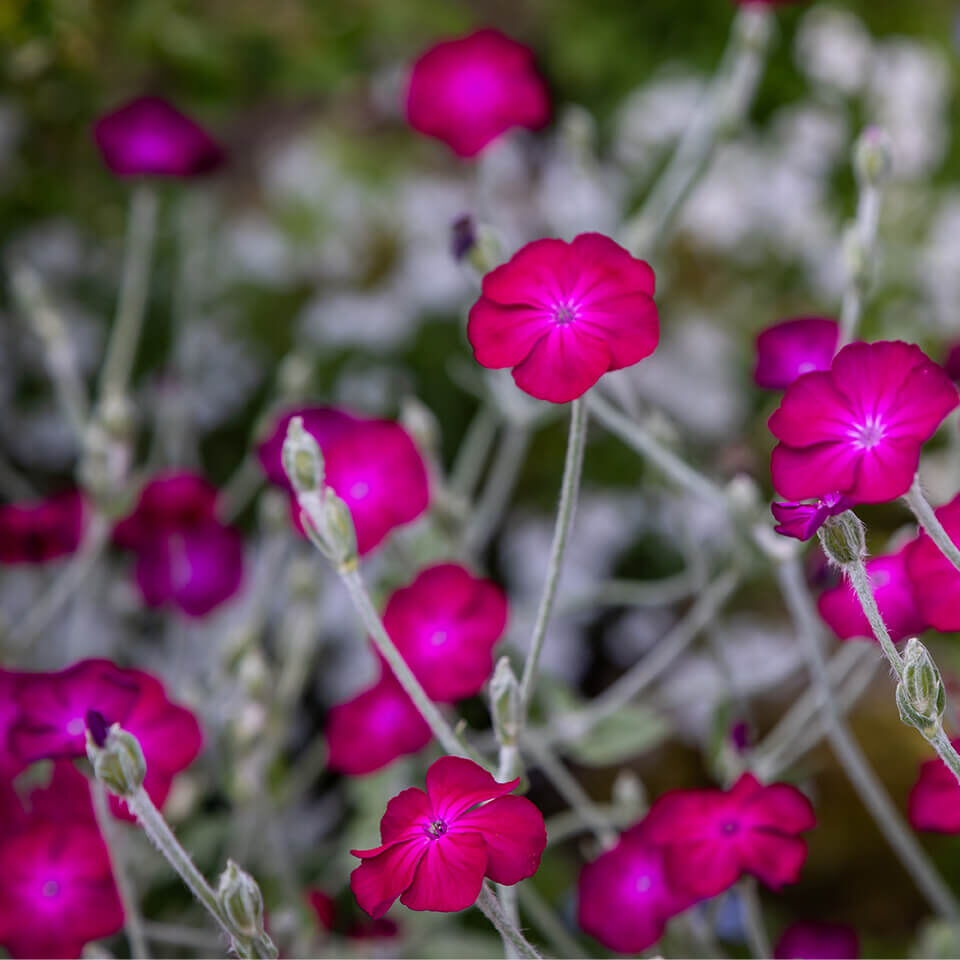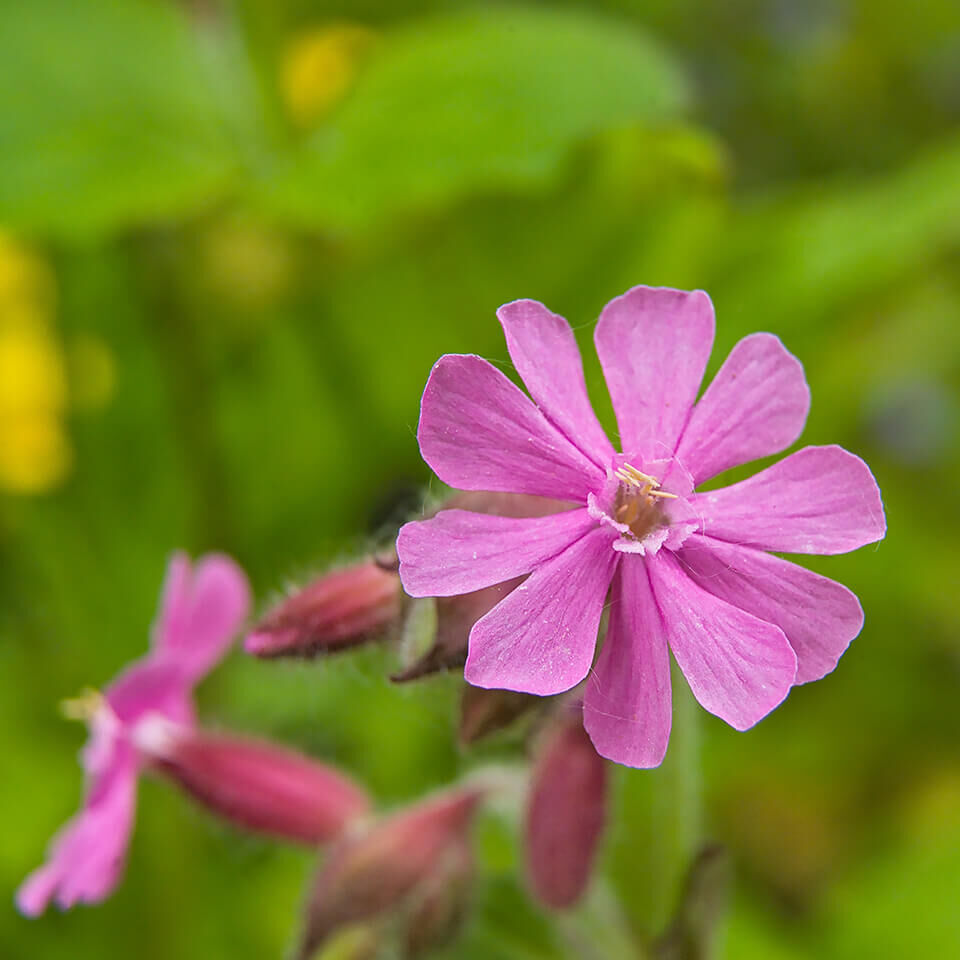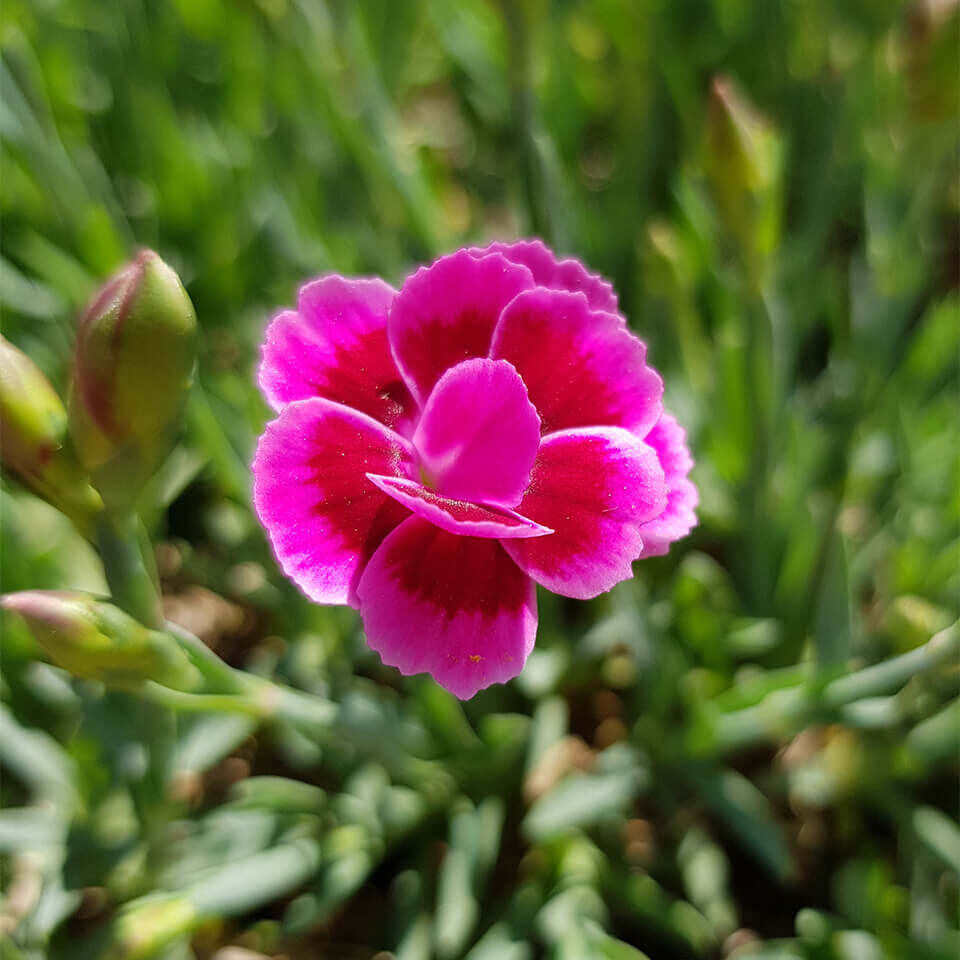Carnations: All About Carnation Flowers
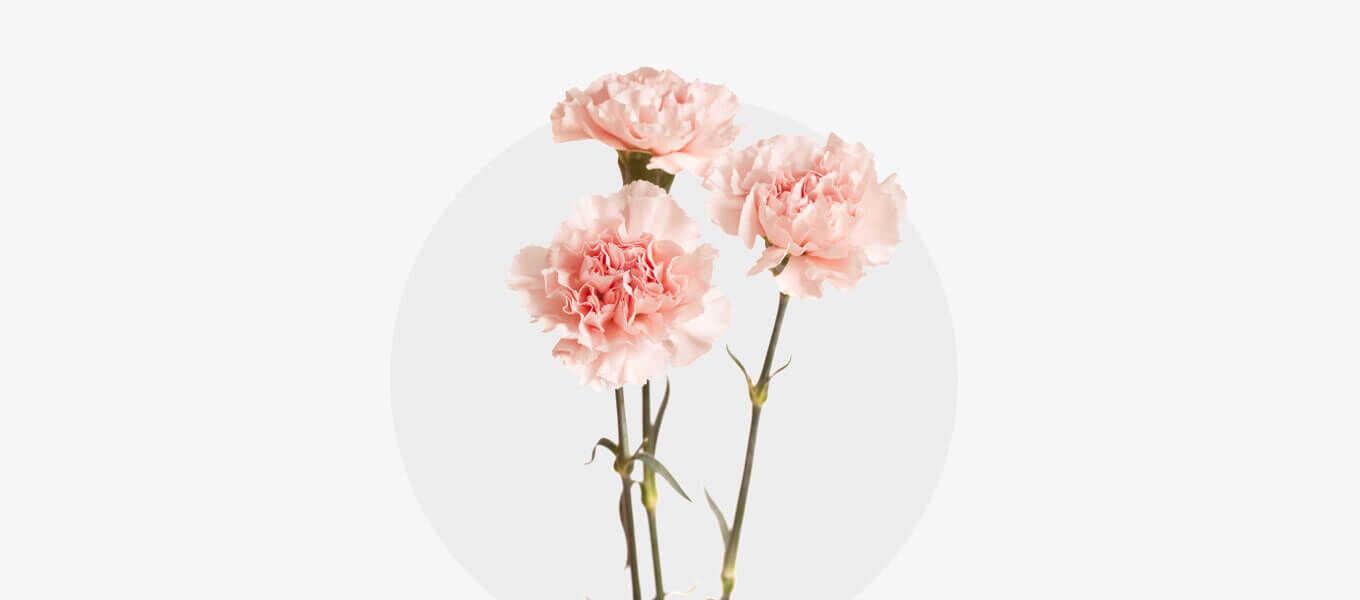
Whether in brilliant white, bright yellow or delicate pink - carnations are among the most versatile and popular flowers in gardens, on balconies or in vases. In this article, you will learn all about the characteristic properties of carnations, their origin, tips on caring for them in pots or gardens, their use in the kitchen and which carnation varieties are particularly popular.
The properties of the carnation at a glance
Origin
The carnation (Dianthus) originates from Europe and Asia. It has been valued as an ornamental plant since ancient times. The botanical name ‘Dianthus’ means ‘flower of the gods’ and emphasises the long tradition of this robust flower.
Flowering & growth
Carnations are characterised by their lush, double flower heads, whose delicate, numerous petals create a particularly voluminous appearance. Thanks to their intense colours and harmonious colour combinations, carnations are among the most expressive flowers of all. Many varieties flower from May to September. Depending on the species, they grow compact or bushy and reach heights of between 20 and 80 cm.
Location & soil type
Carnations prefer a sunny location and well-drained, rather dry soil. Waterlogging should be avoided at all costs. Ensure good drainage in the pot.
Meaning of the carnation
In the language of flowers, the carnation symbolises admiration, love and friendship. Their meaning varies depending on their colour: red carnations symbolise passion, white carnations purity, pink carnations affection and yellow carnations are often associated with rejection.
The red carnation is a symbol of the women's movement and is often given as a gift on Women's Day - as a sign of solidarity, strength and passionate commitment.
Use - Cooking with cloves
Not just an ornamental plant: the dried flower buds of cloves (Syzygium aromaticum) are an integral part of many dishes. With their intensely spicy flavour, they enhance winter dishes in particular.
Typical uses:
- Mulled wine & punch
- Gingerbread, speculoos & Christmas biscuits
- Soups & sauces (e.g. in broths or game dishes)
- Pickled fruit
- Curry dishes & marinades
The flavour is intensely spicy with a sweetish-bitter note and a warm, slightly burning aftertaste.
In naturopathy, clove oil is valued for its disinfectant and pain-relieving properties.
These are the 6 best-known carnation varieties
Caring for carnations - how to do it in the garden or pot
When to plant carnations?
The best time to plant is spring (April to May) or autumn (September). This allows perennial varieties to root optimally.
Watering and fertilising correctly
Carnations do not need a lot of water. Watering once a week is usually sufficient. Unless it is midsummer, when carnations should be watered more often depending on the weather. Fertilise in spring and after the first flowering with a moderate full fertiliser.
Repotting & pruning
Carnations in pots should be repotted every 2 years. Faded shoots should be cut back regularly to encourage re-flowering.
Are all carnations hardy?
Not all carnation species are hardy. Wild species such as the Carthusian carnation or crown carnation tolerate frost very well. For more sensitive varieties, winter protection or overwintering indoors is recommended.
Diseases & pests
Typical problems are:
- Mildew or rust if the humidity is too high
- Aphids & spider mites in dry heating air
- Grey mould due to too dense planting or wetness
Tip: Airy locations and moderate watering prevent this.
Tips for carnations as cut flowers
How do you cut carnations?
Carnations should be cut at an angle with a sharp knife. Remove leaves in the lower section that would stand in water.
How long do carnations last in a vase?
Carnations as cut flowers will keep in fresh water for up to 14 days. Regular water changes and a cool location will extend their shelf life.
Why don't carnations open in a vase?
If carnations do not bloom in the vase, this may be due to a lack of light or water that is too cold. Place them in a bright place and use lukewarm water.
Frequently asked questions & answers
Carnations are a lovely gesture all year round: for birthdays, Women's Day, as a thank you or just because. Different messages can be conveyed depending on the colour.
Carnations are not exclusively funeral flowers. However, white and red carnations in particular are often used as classic funeral flowers, as they symbolise appreciation and remembrance.
Yes, garden carnations or hardy varieties such as crown carnations are particularly suitable for graves. They are easy to care for and robust.
The best-known include bearded carnation, country carnation, garden carnation, Carthusian carnation, crown carnation, feather carnation, stone carnation, marvellous carnation, Pentecost carnation, heather carnation and Chinese carnation.
Yes, carnations love the sun and develop the strongest colours and flowers in sunny spots.
Many carnation species are perennials, some are biennials or annuals. Wild species are often longer-lived.
Carnations thrive best in sunny, sheltered locations with well-drained soil.
No, most carnations flower from May to September, some will rebloom with good care.
Especially Carthusian carnations, bearded carnations, wild carnations and heather carnations are attractive to bees and insects.
There is no type of carnation that flowers all year round outdoors. However, when grown indoors or in a mild climate, the flowering period can be significantly longer.
Carnations are considered non-toxic to humans, but can cause mild irritation in animals. Be careful with pets!














